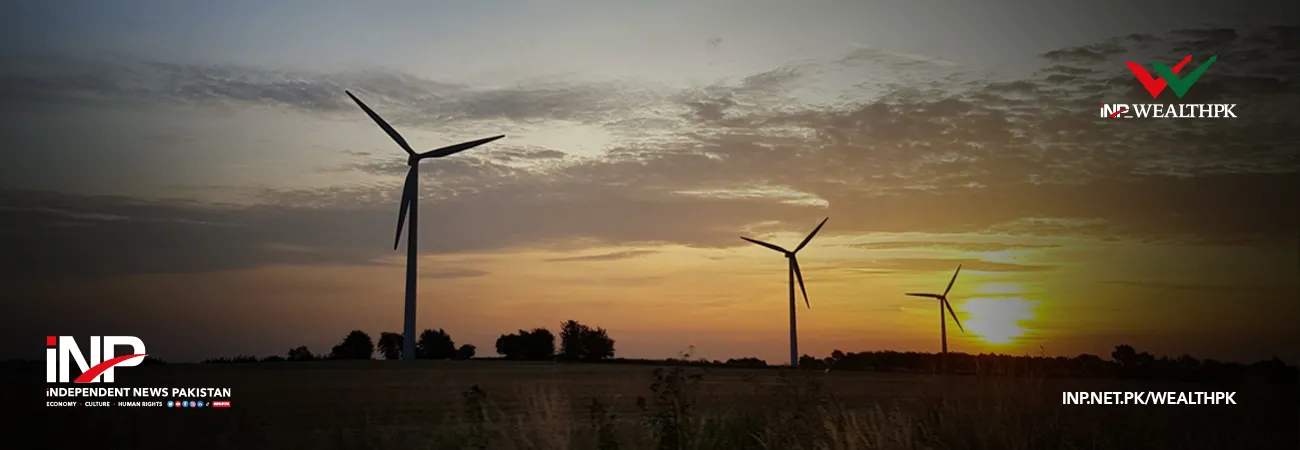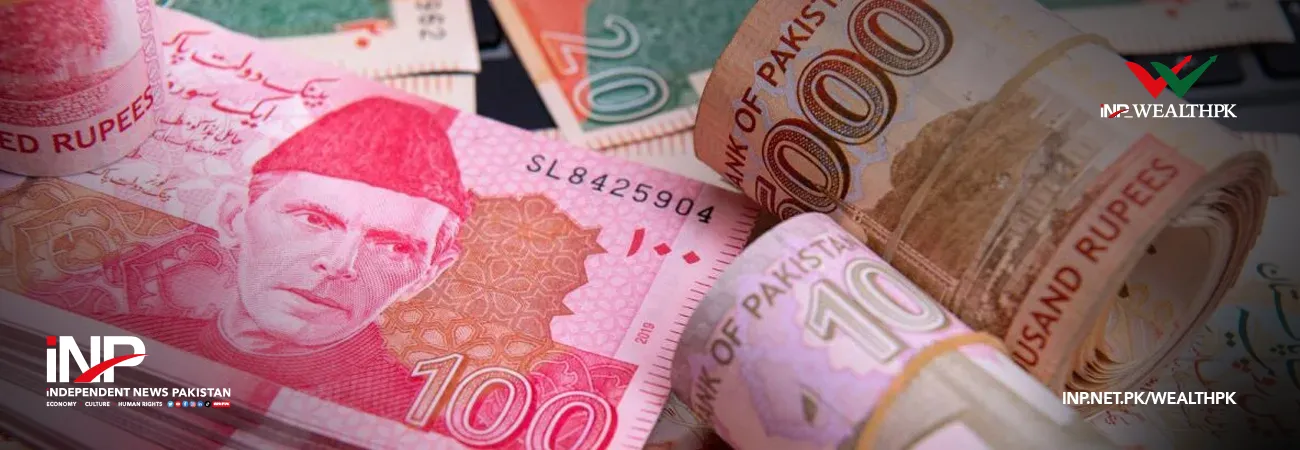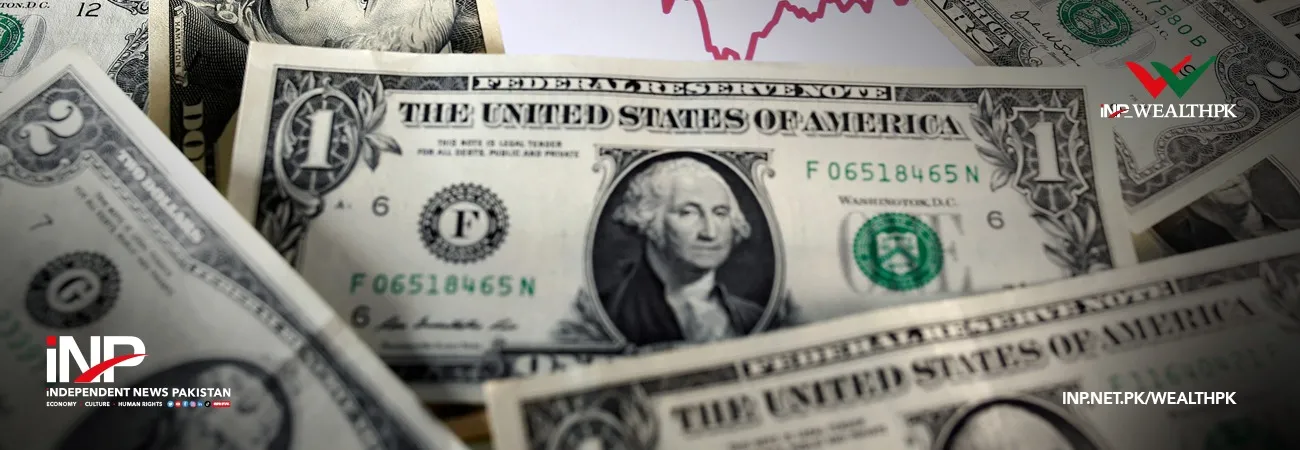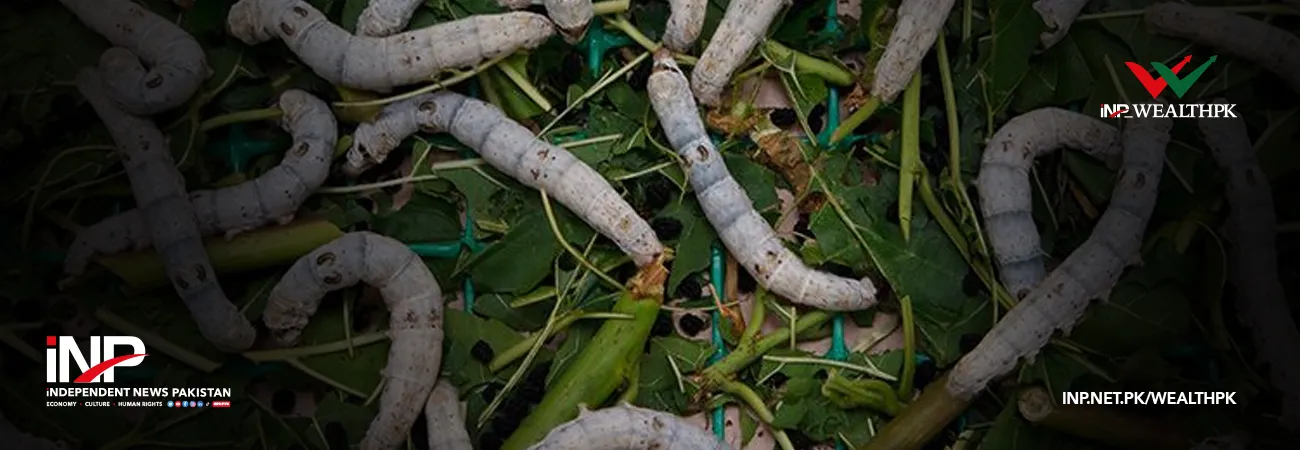INP-WealthPk
Amir Saeed
The country’s renewable energy potential is hampered by transmission bottlenecks that result in increased curtailment despite notable advancements in wind power development. This highlights the urgent need for infrastructure improvements to support sustainable energy diversification and lessen reliance on fossil fuels. This was stressed by Afia Malik, an energy expert at the Pakistan Institute of Development Economics (PIDE).
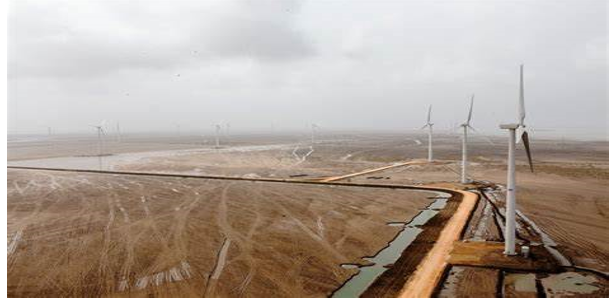
Talking to WealthPK, she said the lack of optimal strategies and investment plans significantly hindered the efficient evacuation of electricity from key wind farms like Jahmpir and Gharo. “Historically, centralised planning at the ministry level has resulted in insufficient interconnection arrangements, leaving these plants underutilised and unable to contribute effectively to the national grid. This oversight underscores the critical need for a comprehensive strategy that anticipates and accommodates the growing capacity of renewable energy sources in the country.” She pointed out that the submission of the first-ever Transmission System Expansion Plan (TSEP) to the National Electric Power Regulatory Authority (Nepra) marked a pivotal step in addressing these infrastructural shortcomings. “However, the effectiveness of this plan hinges on the proactive engagement and initiative of the National Transmission and Despatch Company (NTDC).
Currently, NTDC’s reliance on donor agencies for infrastructure upgrades highlights a significant gap in strategic planning and local ownership of renewable energy integration. This dependence can stifle innovation and limit the ability to respond swiftly to the needs of the energy sector,” Afia pointed out. The PIDE energy expert suggested that to foster a more robust and resilient transmission infrastructure, it was imperative that NTDC adopt a proactive approach to its operations and planning. “By taking the initiative to develop and implement integrated strategies, NTDC can enhance its capacity to support renewable energy projects.” The share of wind energy in the national grid fell by 11% in the fiscal year 2022-23 compared to the previous year. This decline is even more concerning, given the government’s commitment to promoting renewable energy sources. “This involves improving existing infrastructure and planning for future expansions that align with Pakistan’s growing demand for clean energy.
Such a shift in strategy will position NTDC as a leader in the transition towards a more sustainable energy future,” said Afia. “Additionally, empowering provincial transmission companies to play a more significant role in the planning and execution of interconnection projects can enhance local responsiveness and accountability.” Talking to WealthPK, Zulfiqar Ali, chief executive officer of Safeway Renewable Energy, highlighted that despite being designated as a mandatory energy source, the inability to efficiently deliver wind-generated electricity to consumers had resulted in significant energy loss. “The situation highlights the need for comprehensive planning and investment in transmission infrastructure to capitalise on the full potential of wind energy.” “Wind power, along with solar energy, has emerged as one of the most affordable sources of electricity in the country.
The levelised tariffs for wind energy installations have dropped by nearly 70% in recent years, making it a financially viable option for both investors and consumers,” he noted. Ali further highlighted that the significant reduction in costs was due to the technological advancements in the sector and increased competition among energy producers. “Despite these favourable economic conditions, the benefits of wind energy are being compromised by persistent curtailment issues stemming from inadequate transmission infrastructure.” He lamented that transmission bottlenecks were a major obstacle to maximising the country’s wind energy advantages. “Many wind farms, specifically those in the southern regions, struggle to deliver power to the national grid due to insufficient transmission capacity.
This leads to extra energy that is not used, which causes curtailment, a procedure in which the production of wind power is reduced or stopped even while it is available. The sad reality is that even as the country seeks to diversify its energy mix and enhance sustainability, these bottlenecks hinder progress,” he noted. Ali suggested devising an integrated plan involving collaboration among national and provincial entities to ensure that the necessary infrastructure was in place to effectively harness the potential of wind power. “By addressing these challenges collectively, the country can unlock the full potential of its wind energy resources, ultimately contributing to energy security and sustainable development.”
Credit: INP-WealthPk



